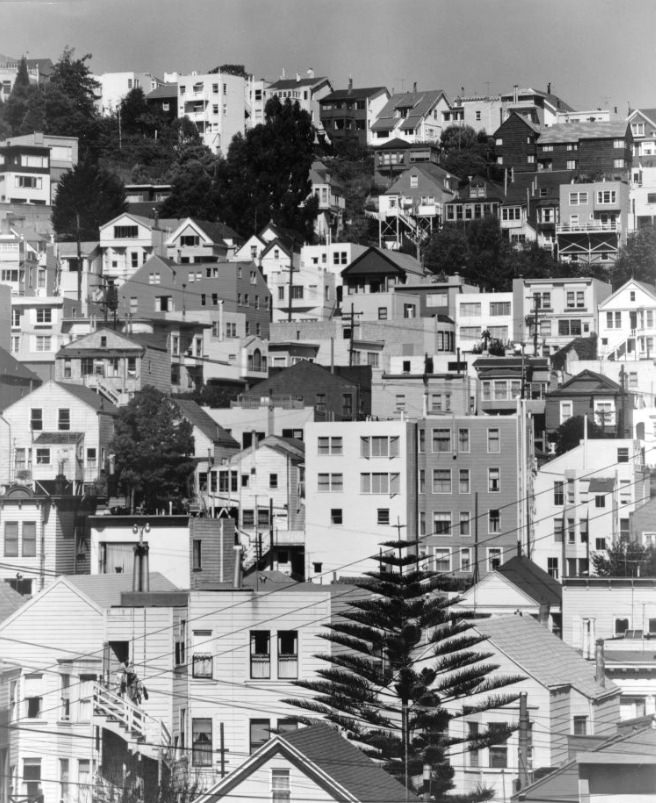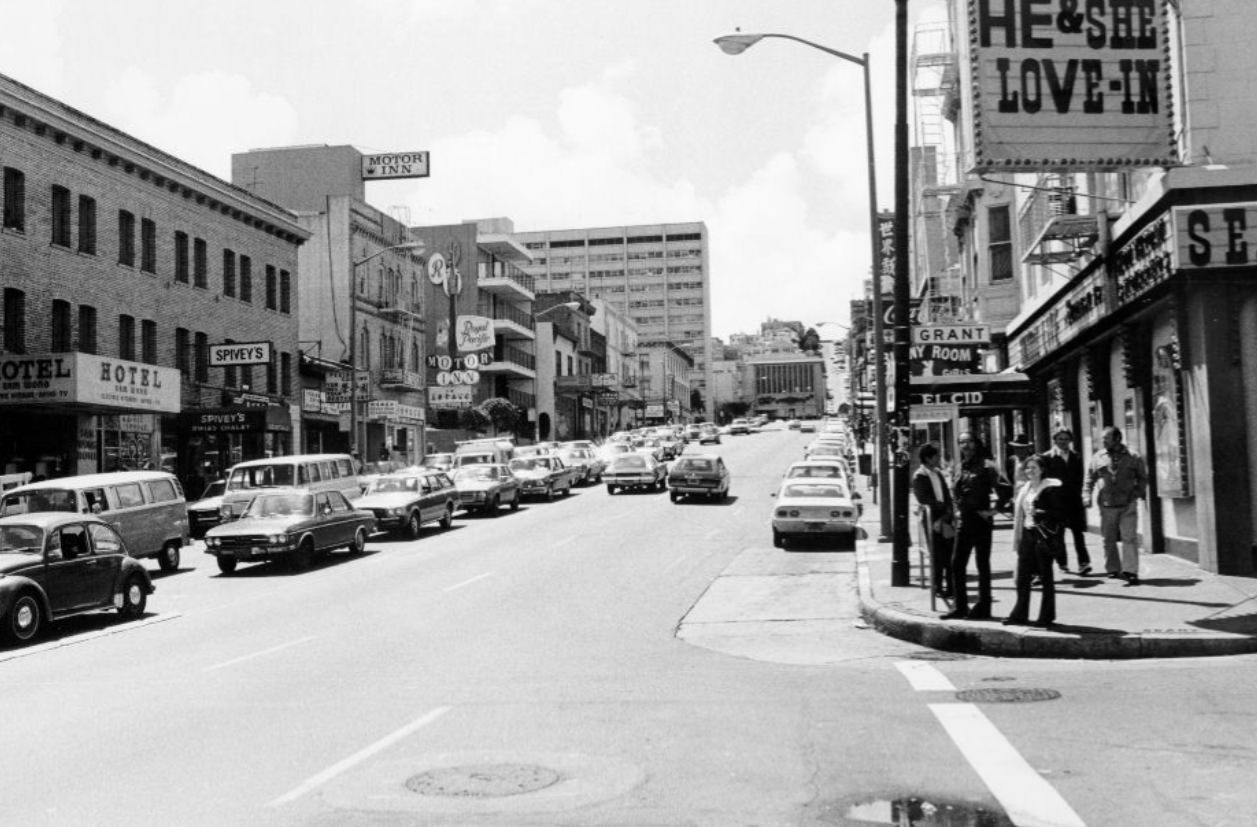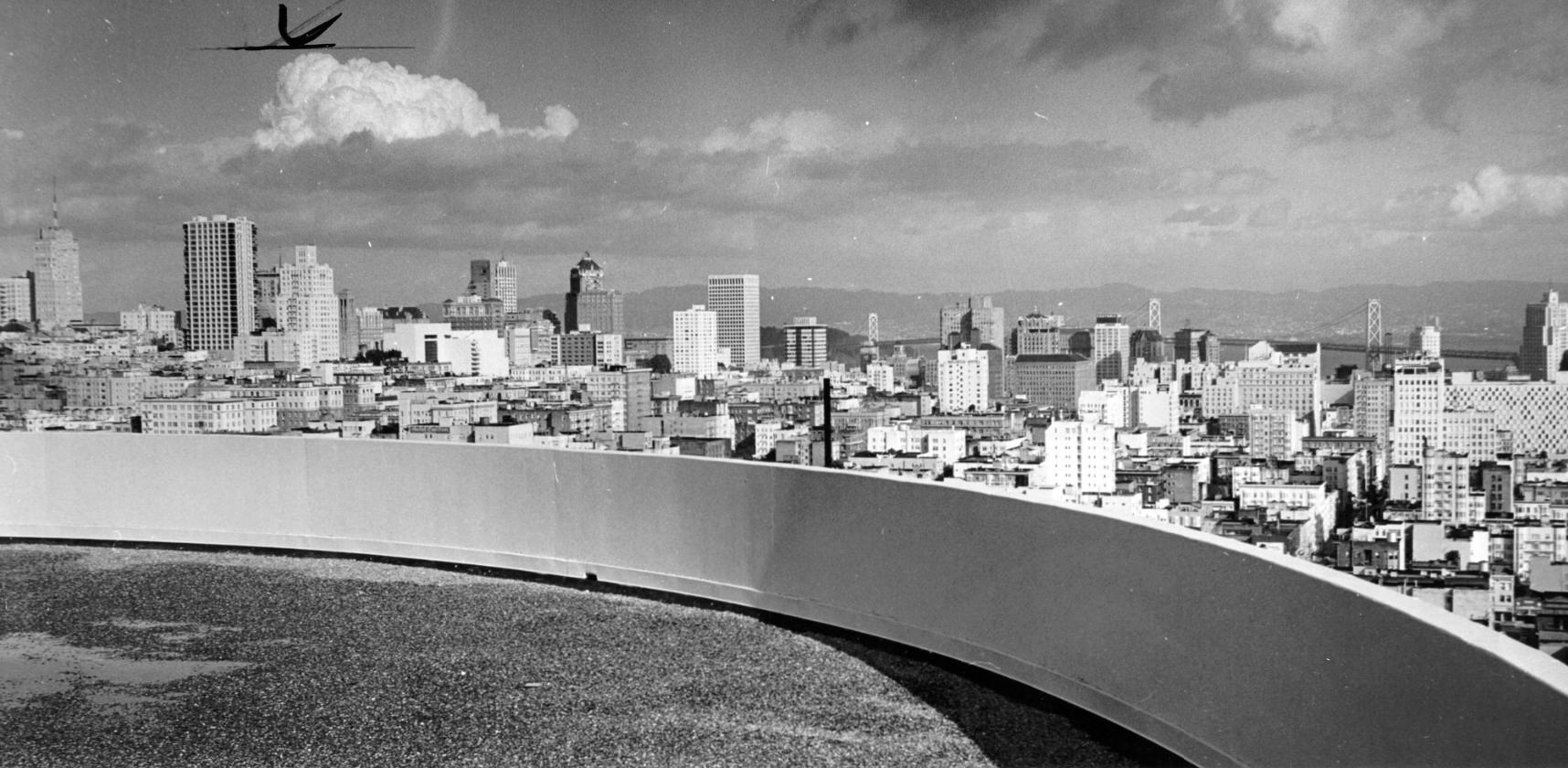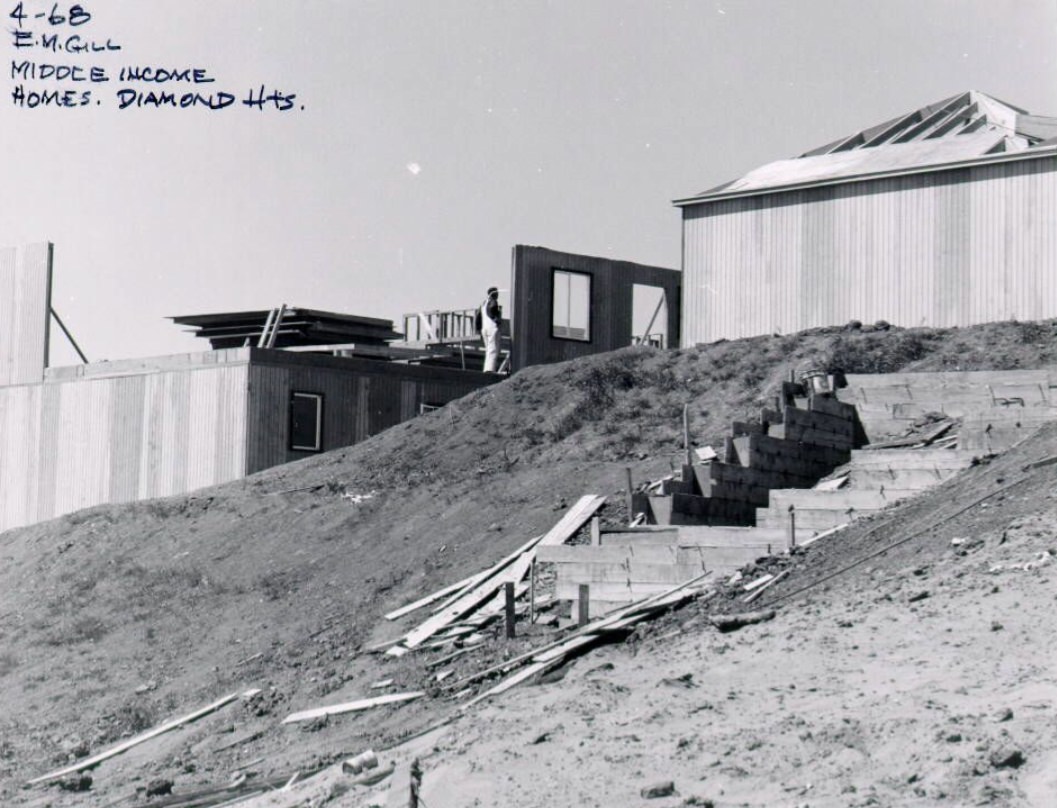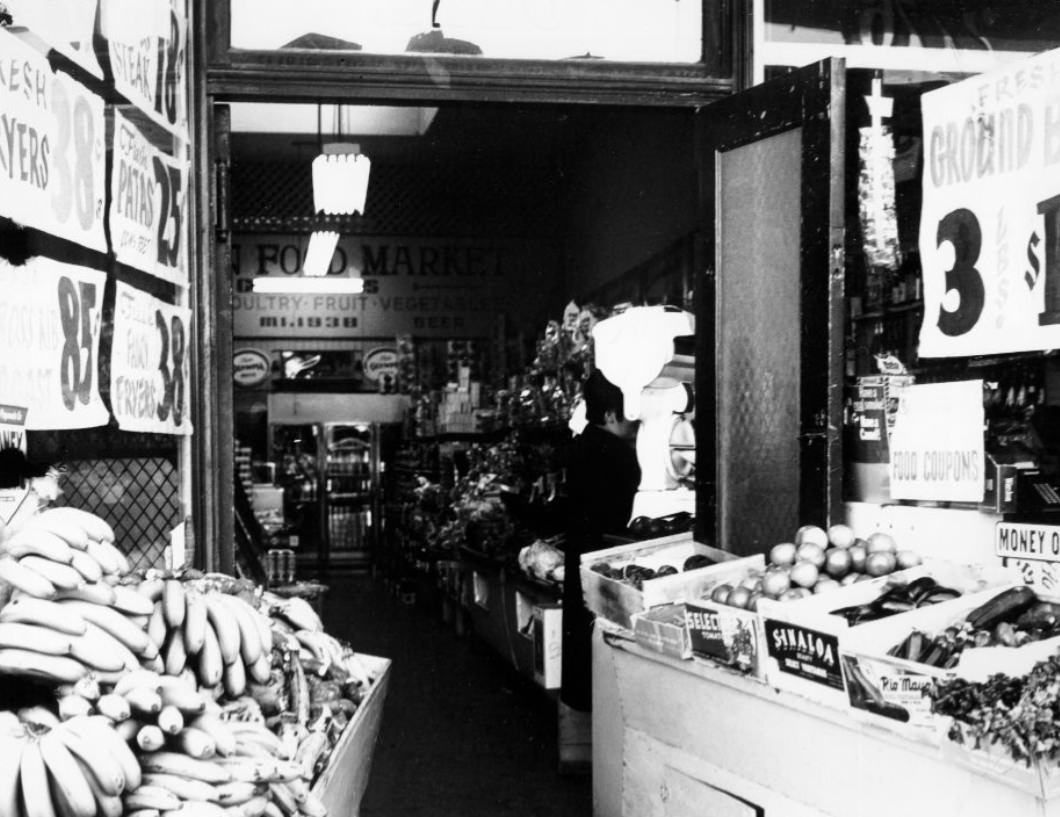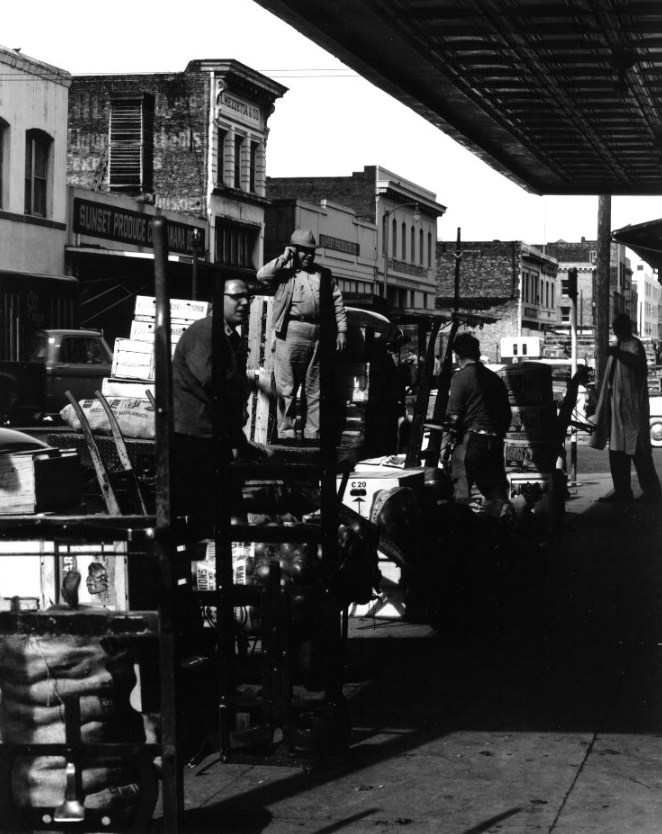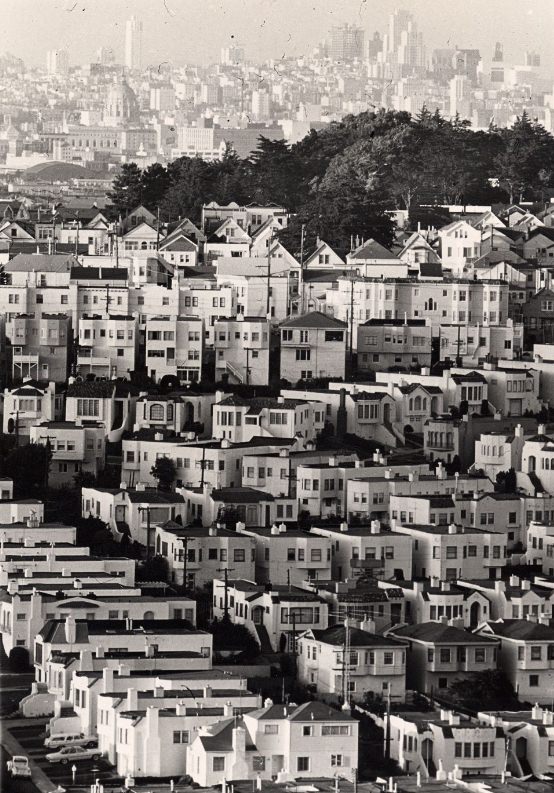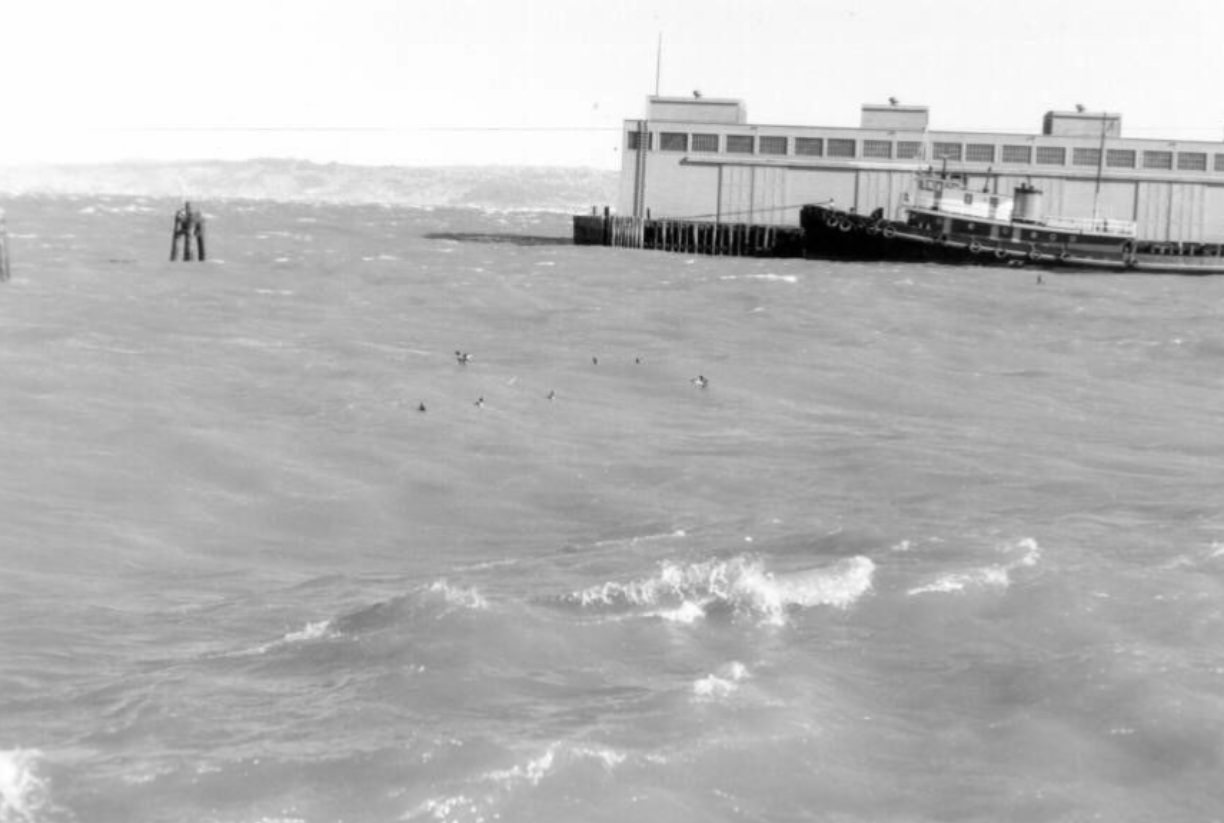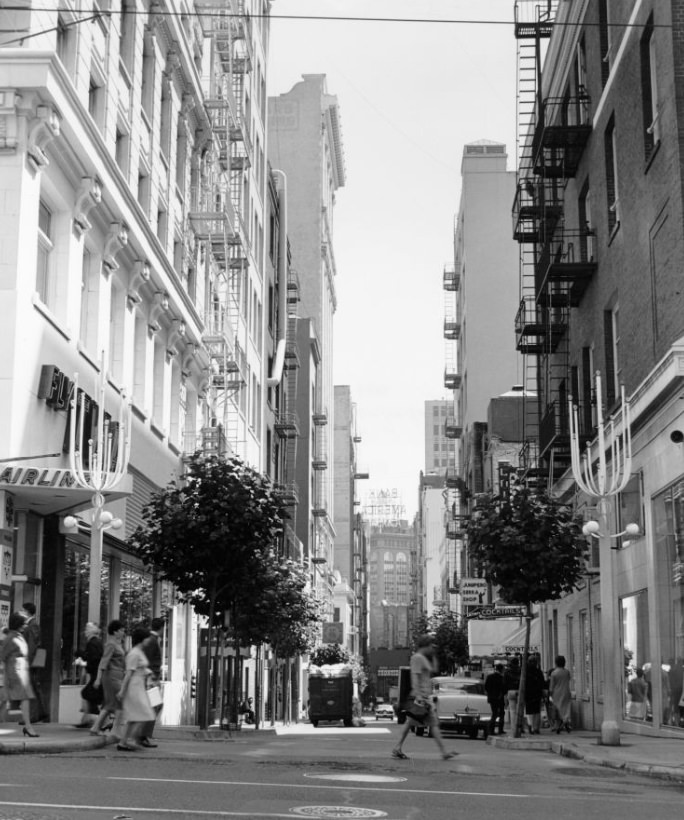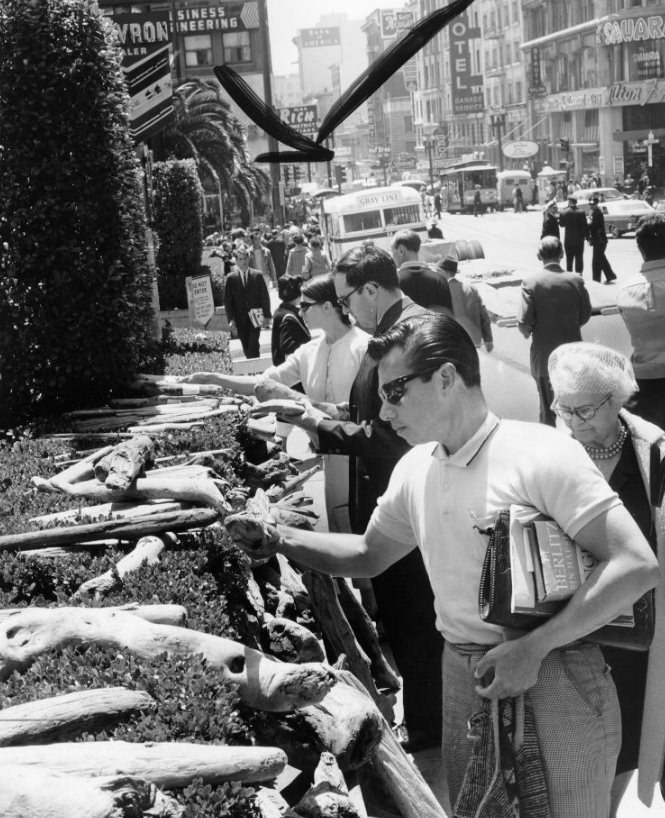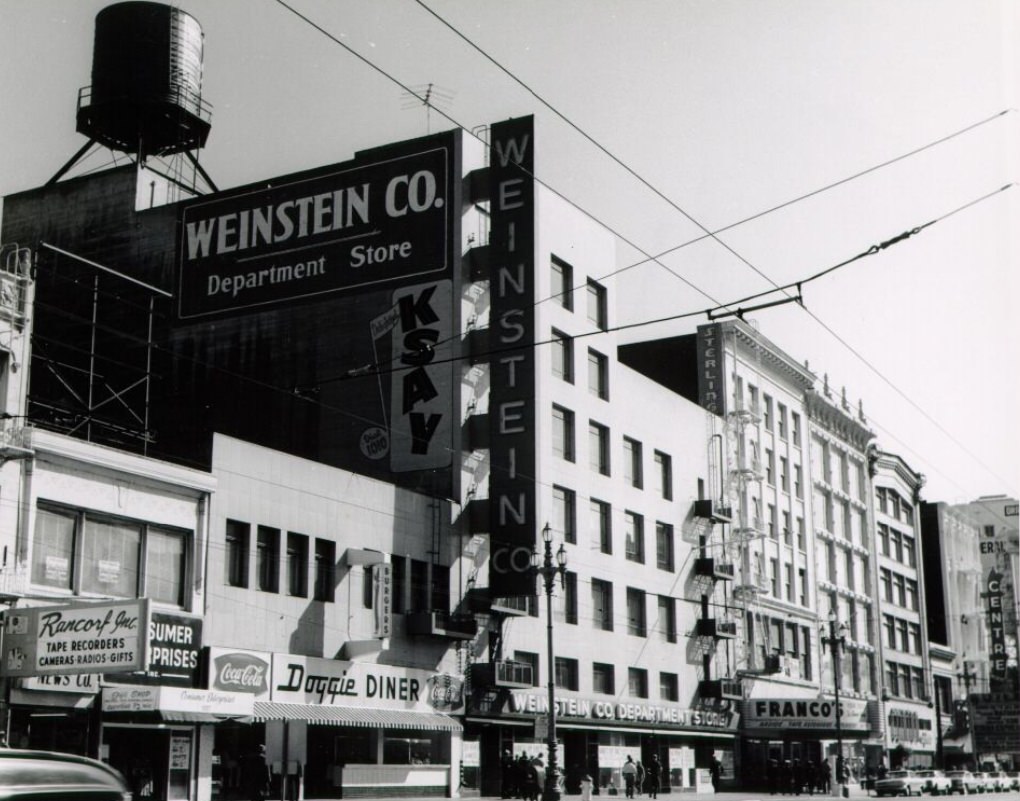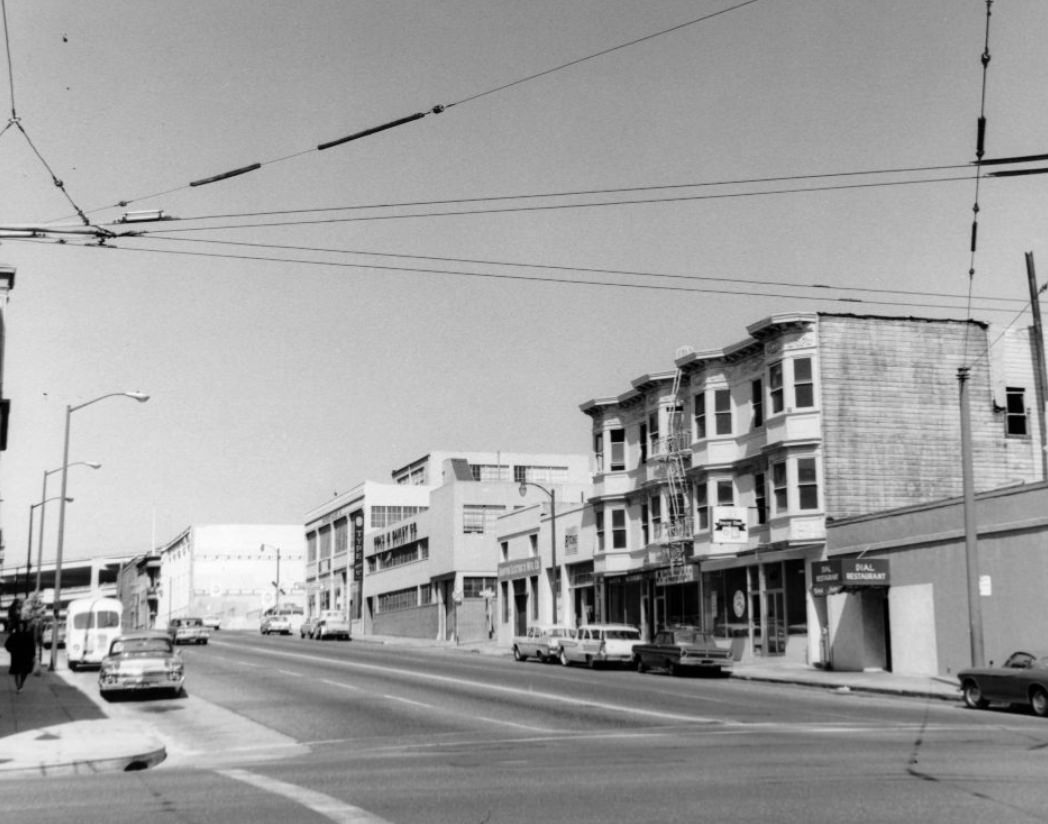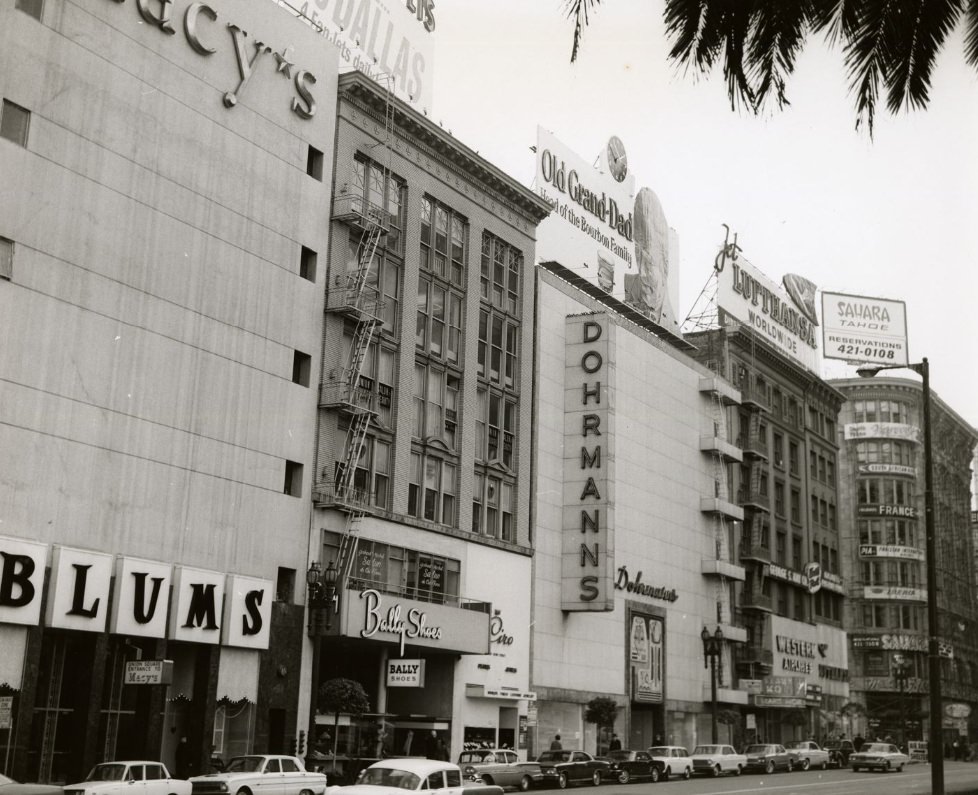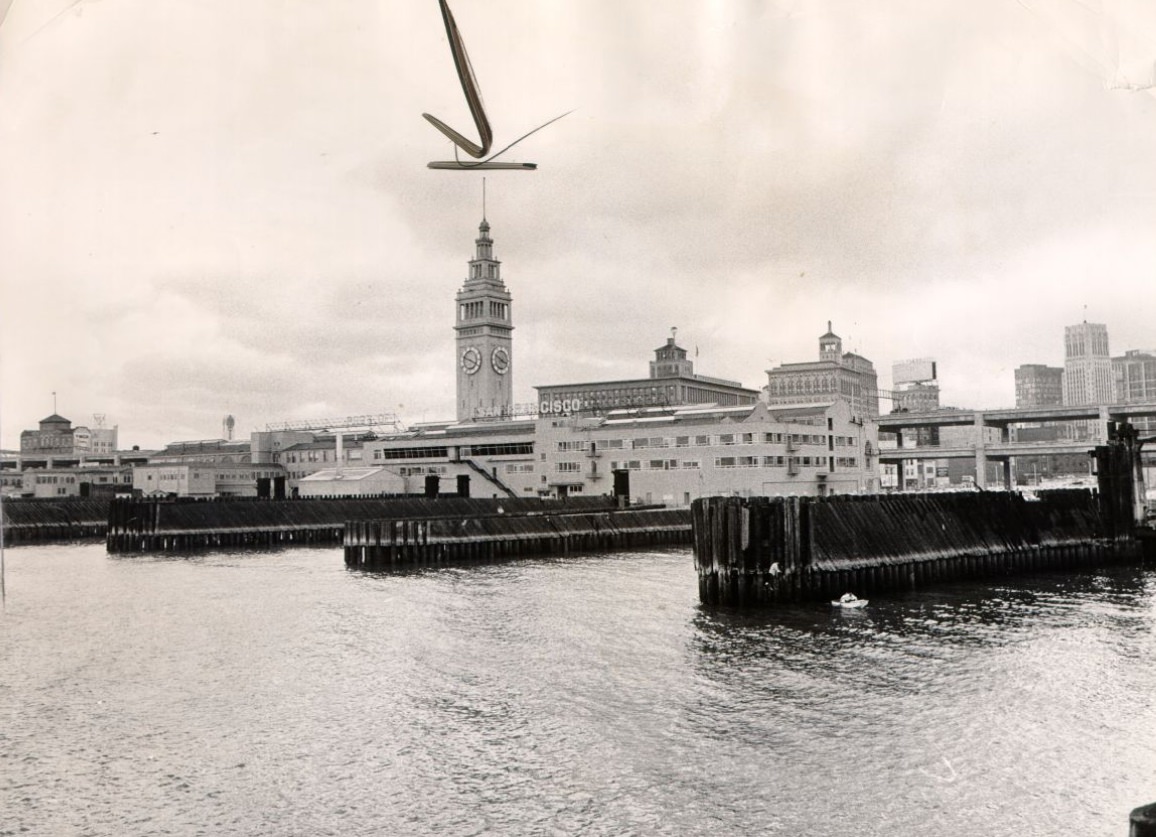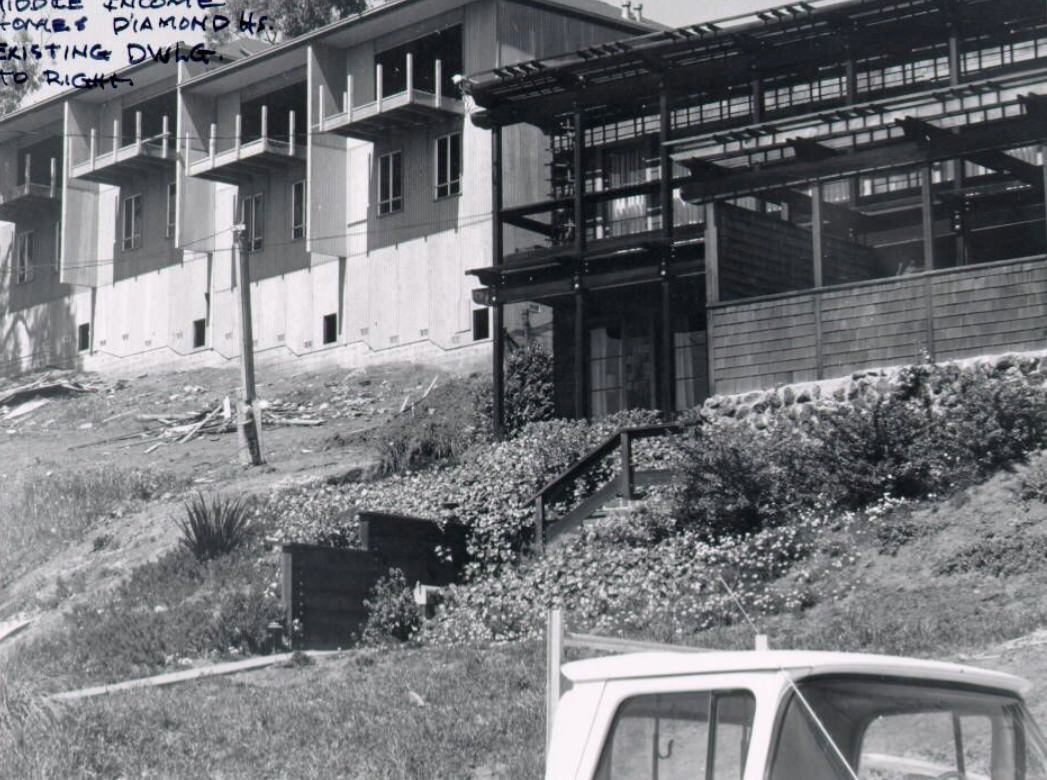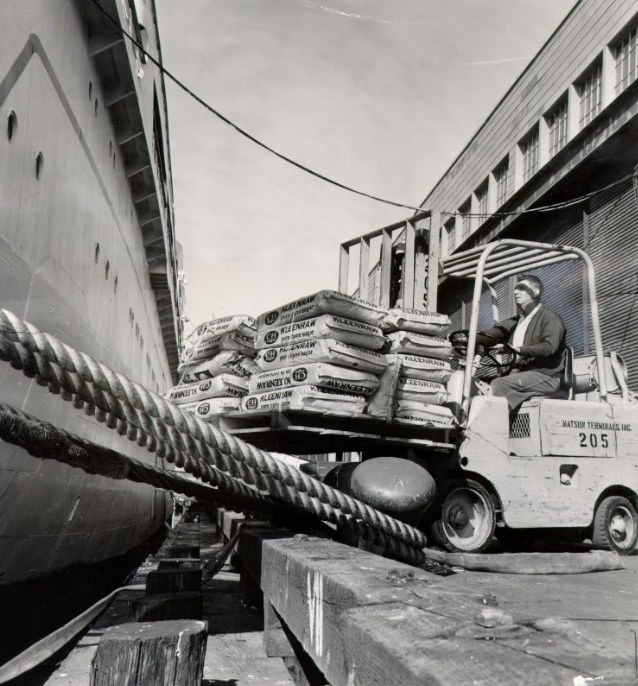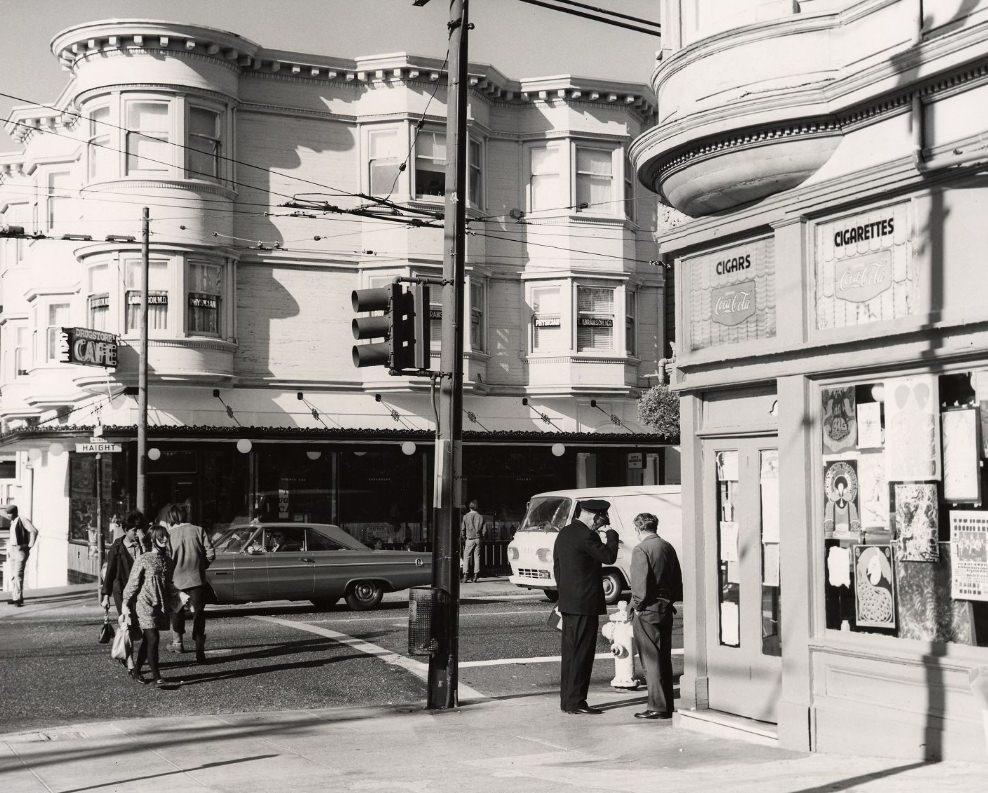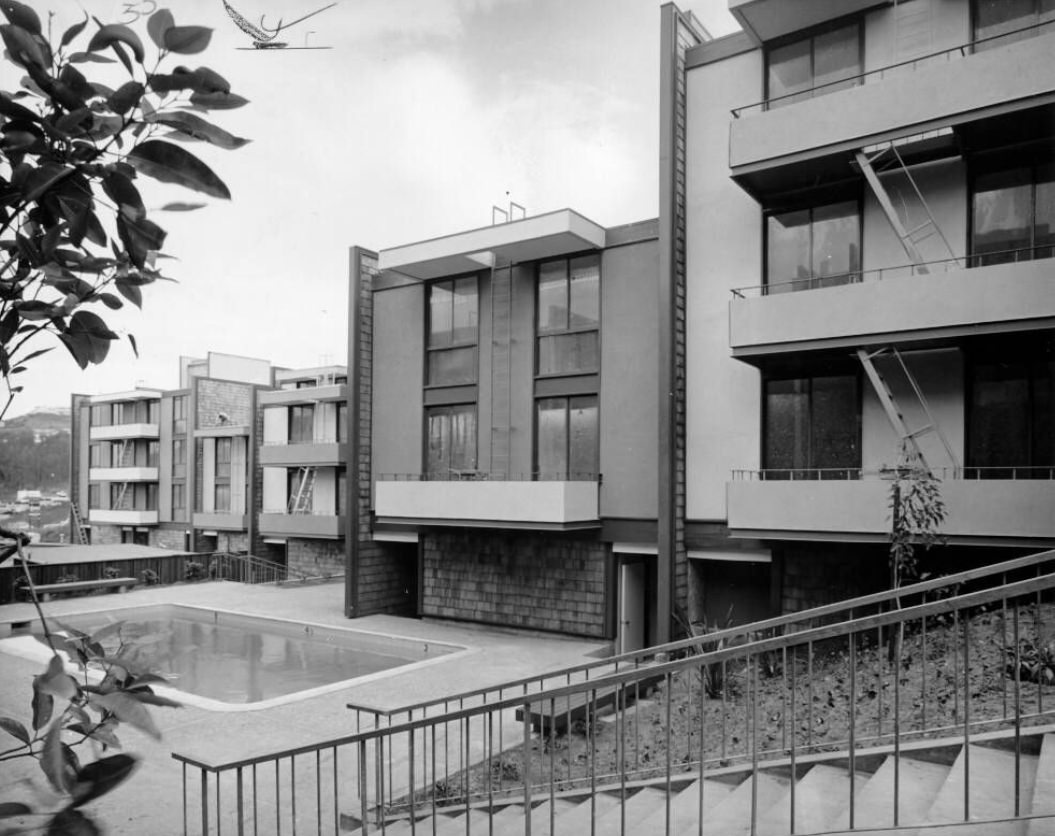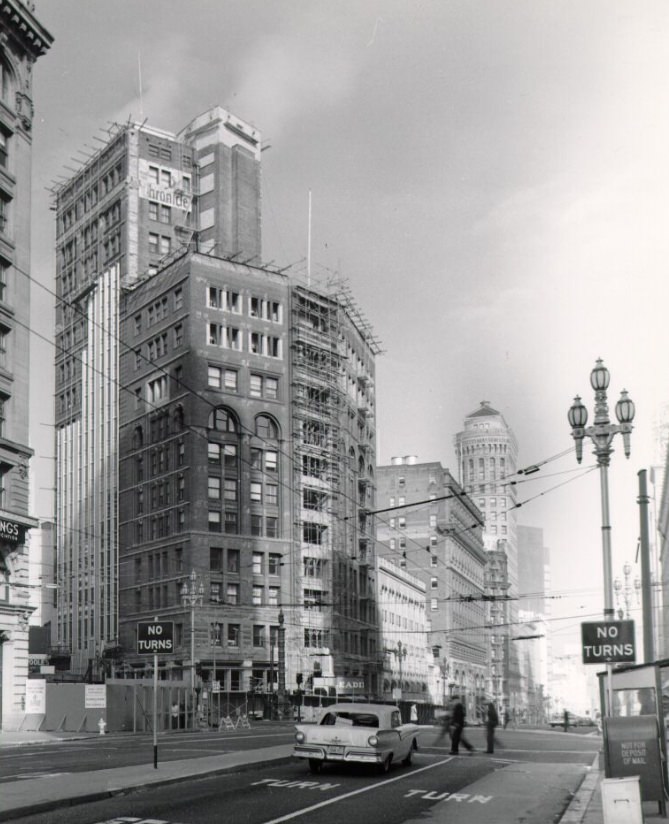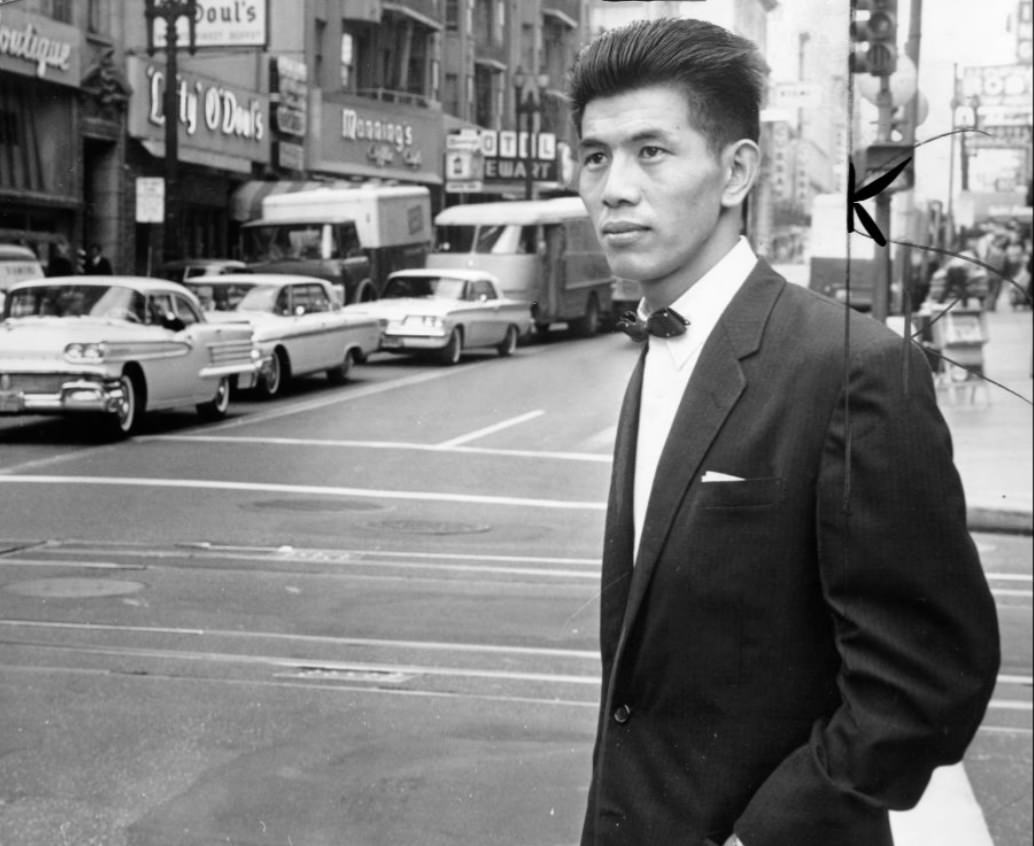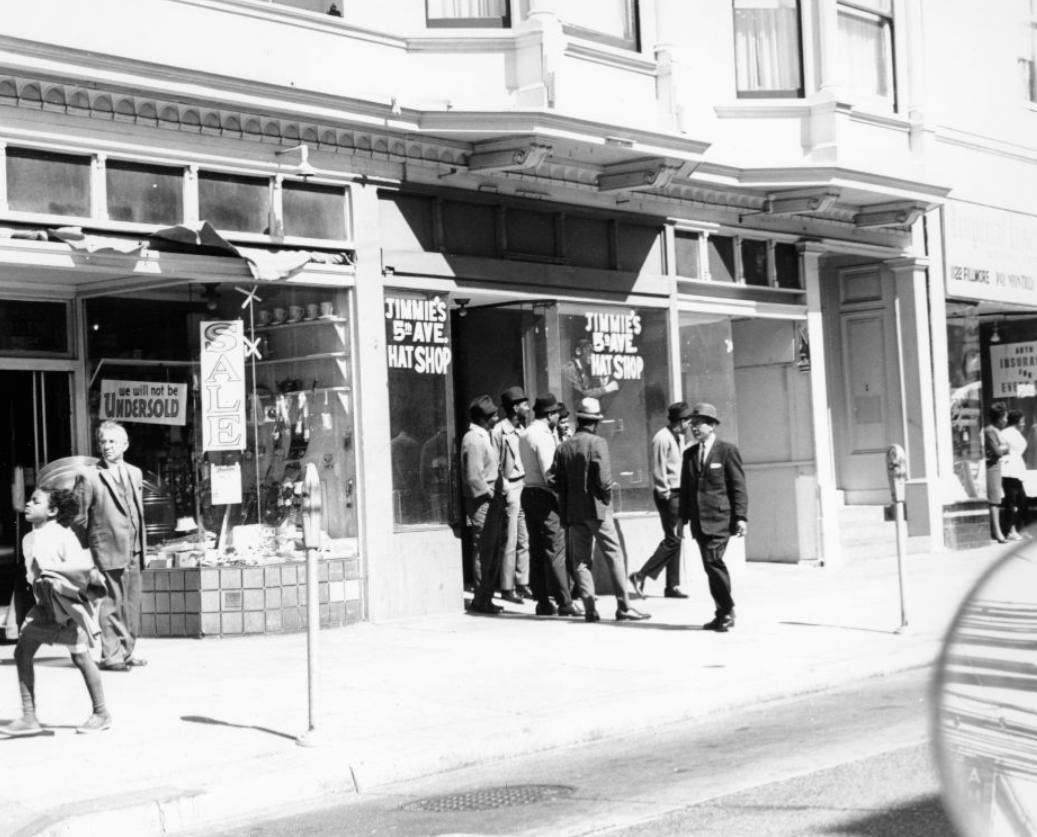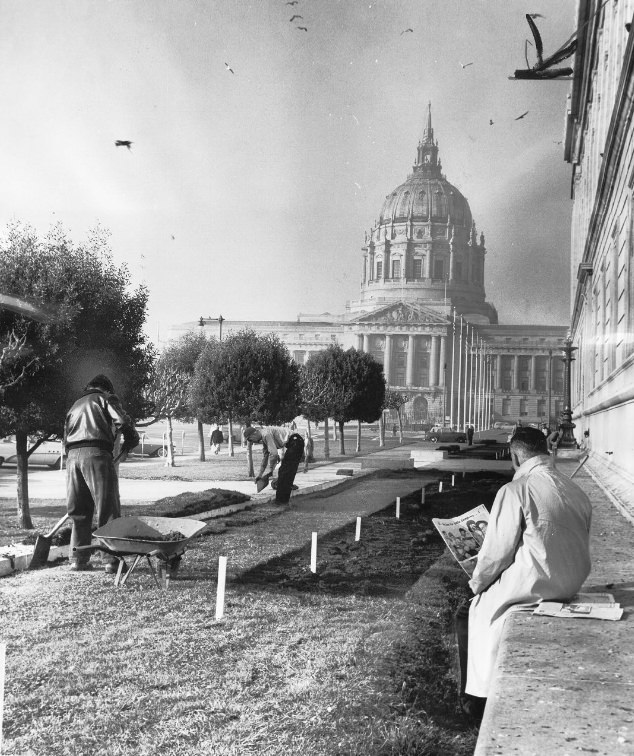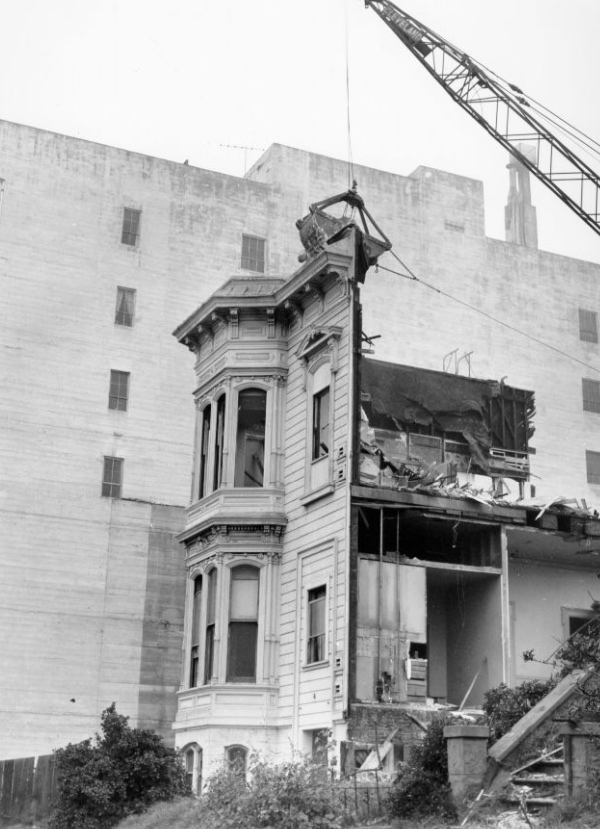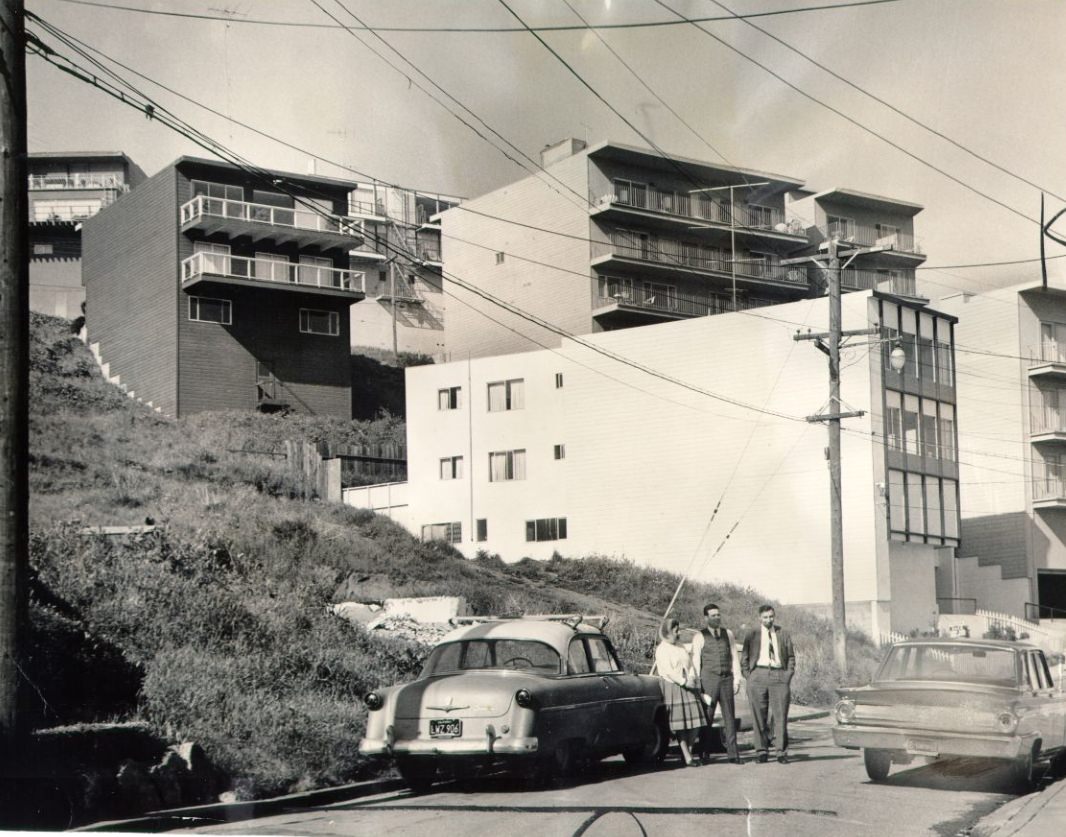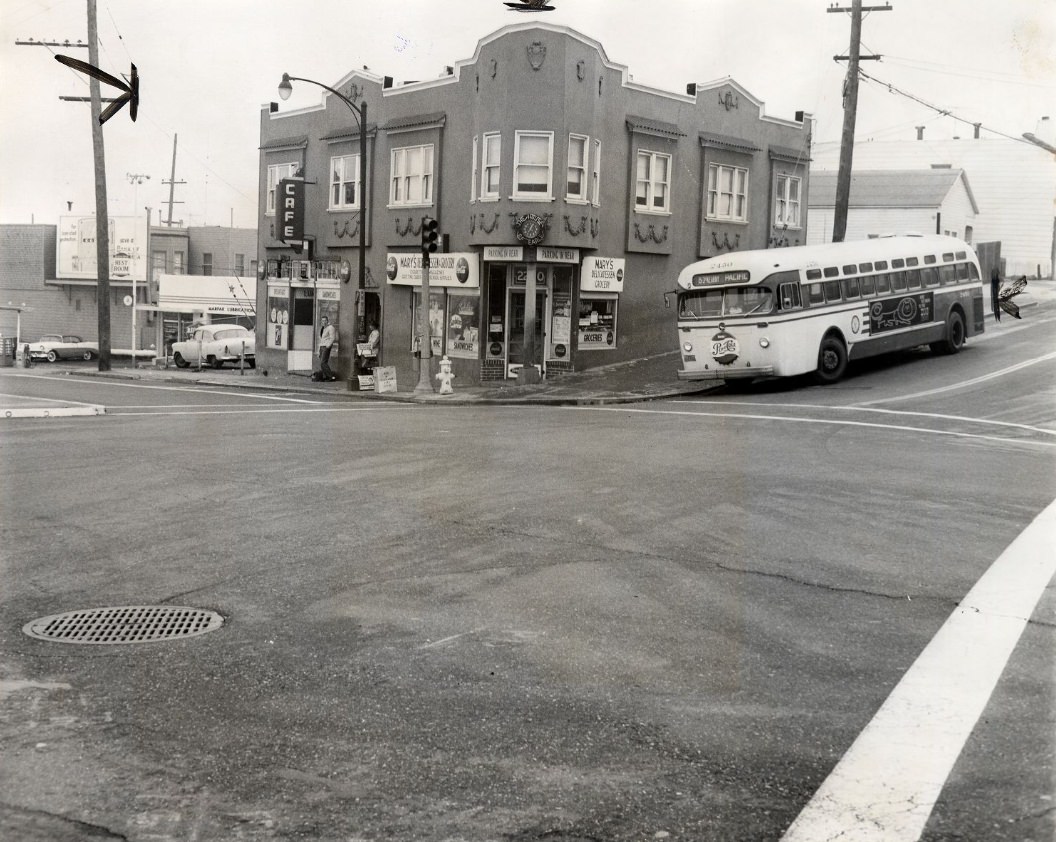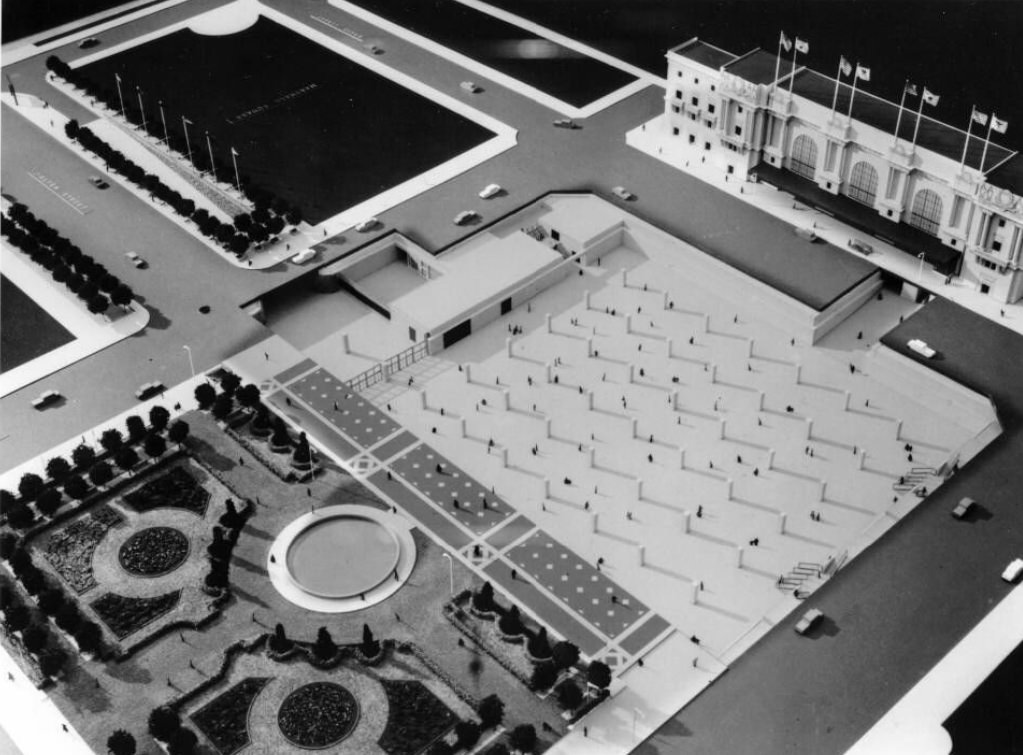The 1960s were a time of great change in San Francisco. This decade saw the city transform in many ways, from its culture to its politics. People came from all over the country to experience the new ideas and lifestyles that were taking root in San Francisco. Let’s explore what made San Francisco in the 1960s so unique.
The Counterculture Movement
Central to the city’s transformation was the Haight-Ashbury neighborhood, which emerged as the epicenter of the counterculture movement. The Summer of Love in 1967 became a defining moment, drawing thousands to San Francisco in pursuit of peace, love, and a communal way of life. This era was marked by an explosion of music, art, and psychedelic exploration, with iconic venues like the Fillmore and the Avalon Ballroom hosting performances by artists such as Janis Joplin, The Grateful Dead, and Jefferson Airplane, who became the voices of a generation.
The counterculture movement also spurred a profound exploration of spirituality, alternative lifestyles, and new social paradigms, challenging the conservative norms of earlier decades and paving the way for broad cultural shifts..
Read more
Music Scene
Music was a big part of San Francisco’s identity in the 1960s. The city was home to many influential bands and musicians. The Fillmore, a famous music venue, hosted concerts by artists like Janis Joplin, Jimi Hendrix, and The Grateful Dead. These concerts were known for their electric atmosphere and long, improvisational performances.
The Monterey Pop Festival in 1967 also helped put San Francisco’s music scene on the map. This festival featured performances by some of the biggest names in rock and roll. It was one of the first major music festivals in the United States and inspired many others that followed.
Political Activism
The 1960s were a time of intense political activism in San Francisco. The Free Speech Movement, which started at the University of California, Berkeley, influenced many students and activists in the city. People protested against the Vietnam War, demanding peace and an end to U.S. involvement.
These protests often took place in places like Golden Gate Park and the Civic Center. People carried signs, gave speeches, and sang songs calling for change. The activism of the 1960s helped shape San Francisco’s reputation as a city that values free expression and social justice.
Technological Advances
While San Francisco was known for its cultural movements, it was also a place of technological innovation. The city and the surrounding Bay Area became a center for the growing tech industry. Companies like Fairchild Semiconductor and Hewlett-Packard were based nearby in what would later be known as Silicon Valley.
These companies developed new technologies that would go on to revolutionize the world. For example, the microchip, which is found in almost all electronic devices today, was invented in this area. The growth of the tech industry brought new jobs and opportunities to the region.
Urban Development
San Francisco saw significant changes in its urban landscape during the 1960s. New buildings and infrastructure projects transformed the city. One notable project was the construction of the Bay Area Rapid Transit (BART) system. This new subway system was designed to make it easier for people to travel around the Bay Area.
The city also saw the construction of new skyscrapers, like the Bank of America Building, which was the tallest building in the city at the time. These new developments helped modernize San Francisco’s skyline and accommodate the growing population.
Education and Innovation
San Francisco’s universities and colleges played a crucial role in the city’s intellectual life during the 1960s. Institutions like the University of San Francisco and San Francisco State College (now San Francisco State University) were centers for learning and activism.
Students at these universities were often at the forefront of social and political movements. They organized protests, held teach-ins, and worked to promote social justice. The academic environment fostered a spirit of inquiry and innovation that contributed to the city’s dynamic culture.
Art and Literature
San Francisco was a haven for artists and writers in the 1960s. The city’s vibrant art scene included everything from painting and sculpture to poetry and performance art. The San Francisco Museum of Modern Art and other galleries showcased the work of both established and emerging artists.
The Beat Generation, which had started in the 1950s, continued to influence the city’s literary scene. Writers like Allen Ginsberg and Lawrence Ferlinghetti were key figures. City Lights Bookstore, founded by Ferlinghetti, remained a gathering place for poets and intellectuals.
Performance art also became popular during this time. Artists used their bodies and actions to create art, often in public spaces. This form of art challenged traditional ideas about what art could be and brought new energy to the city’s cultural life.
Sports and Recreation
Sports played an important role in San Francisco’s community life in the 1960s. The San Francisco Giants baseball team moved to the city in 1958 and quickly gained a loyal following. They played at Candlestick Park, a new stadium that became a landmark in the city.
The San Francisco 49ers football team also enjoyed popularity during this time. They played at Kezar Stadium, located in Golden Gate Park. Fans would gather to cheer on their favorite teams and enjoy the excitement of live sports.
Recreation was not limited to professional sports. The city’s parks and outdoor spaces provided many opportunities for leisure and exercise. Golden Gate Park, with its wide open spaces and scenic beauty, was a favorite spot for picnics, hikes, and other outdoor activities.







